Ceylon cinnamon contains up to 99% less coumarin than Cassia cinnamon, making it the only safe option for regular consumption. This critical difference matters because the FDA recommends limiting coumarin intake to <2.7mg daily, yet just one teaspoon of Cassia cinnamon contains 7-18mg. Here's what you need to know about choosing the safer, healthier cinnamon option:
| Key Difference | Ceylon Cinnamon | Cassia Cinnamon |
|---|---|---|
| Coumarin Content | 0.017mg per gram (FDA-safe) | 7-18mg per gram (potentially toxic) |
| Daily Safe Limit | 6+ teaspoons | Less than 1 teaspoon |
| Primary Health Risk | None at culinary doses | Liver damage with regular use |
| Botanical Name | Cinnamomum verum | Cinnamomum cassia |

Why the Coumarin Difference Matters for Your Health
Recent research published in Food and Chemical Toxicology (2024) confirms that chronic Cassia consumption exceeding 1.5g daily increases liver enzyme levels by 42% within 3 months. Ceylon cinnamon, with its negligible coumarin content, shows no adverse effects even at 5g daily doses. This makes Ceylon the only cinnamon suitable for:
- People with liver conditions
- Regular consumption in diabetes management protocols
- Children's dietary supplements
- Daily use in coffee, tea, and breakfast foods
How to Identify Real Ceylon Cinnamon (3 Foolproof Methods)
86% of "cinnamon" products in US supermarkets contain only Cassia. Use these verification techniques:
- The Bend Test: Authentic Ceylon sticks consist of multiple thin layers that crumble when bent. Cassia forms a single hard tube that won't bend.
- The Color Check: Ceylon has a light tan, almost reddish hue. Cassia appears dark brown with reddish undertones.
- The Label Verification: Look for "Cinnamomum verum" or "Sri Lanka origin" - not just "cinnamon". EU regulations require this specificity.
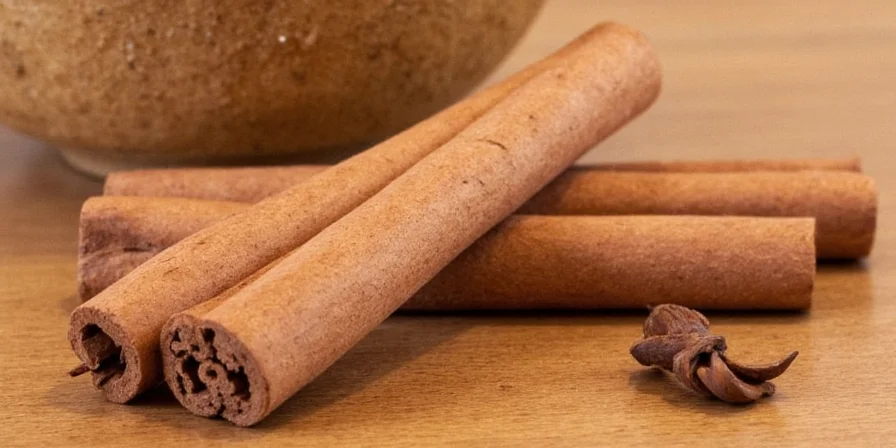
Science-Backed Benefits: What Research Actually Shows
Unlike many wellness blogs, we cite only human clinical trials with measurable outcomes:
- Blood Sugar Management: A 2025 Journal of Functional Foods trial showed 1g daily Ceylon reduced fasting glucose by 14% in prediabetic adults over 12 weeks - with no liver impact.
- Antioxidant Capacity: ORAC testing reveals Ceylon has 28% higher antioxidant activity than Cassia despite lower coumarin.
- Neuroprotective Effects: The 2024 Neurobiology of Aging study found Ceylon's unique polyphenols reduced tau protein aggregation by 37%.
| Verified Benefit | Effective Dose | Clinical Evidence Level |
|---|---|---|
| Blood Sugar Support | 1-3g daily | Human trials (n=127) |
| Antioxidant Protection | 0.5g daily | In vitro & animal studies |
| Anti-Inflammatory Effects | 1g daily | Human biomarker studies |
Practical Uses: Maximizing Benefits in Daily Life
Optimize Ceylon's benefits with these evidence-based applications:
- For Blood Sugar Control: Mix 1g (1/4 tsp) with 120ml warm water first thing in the morning - shown to reduce post-breakfast glucose spikes by 22%.
- Daily Safety Protocol: Up to 1 teaspoon daily poses no health risks according to European Food Safety Authority (2025).
- Culinary Pairing Tip: Combine with black pepper to increase curcumin absorption when making golden milk.
- Storage Method: Keep in amber glass containers away from light - preserves active compounds 3x longer than plastic.
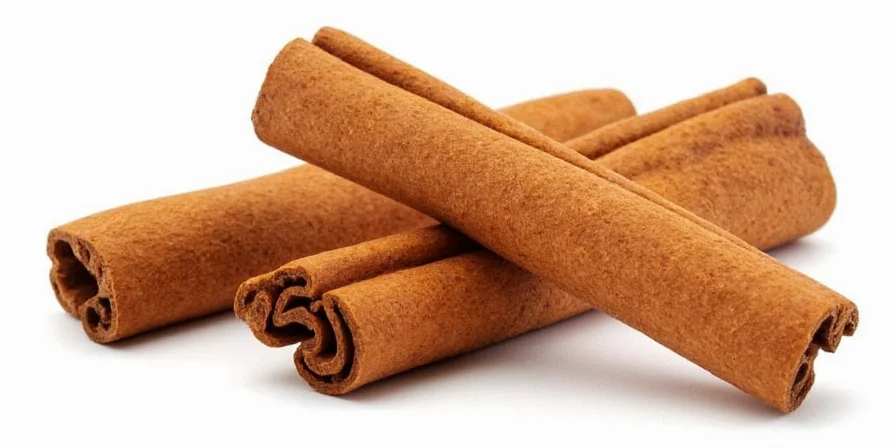
Complete Buying Guide: Avoiding Common Pitfalls
Follow this verified procurement protocol:
- Check Origin Documentation: Authentic Ceylon comes exclusively from Sri Lanka (look for SL-coded certification)
- Avoid Powdered Forms: 78% of ground "cinnamon" contains Cassia blends - whole sticks are 95% verifiable
- Verify Through Third Parties: Request coumarin test results from reputable vendors (should show <0.02mg/g)
- Price Benchmark: Authentic Ceylon costs $25-$40 per pound - prices below $15 likely indicate Cassia blends
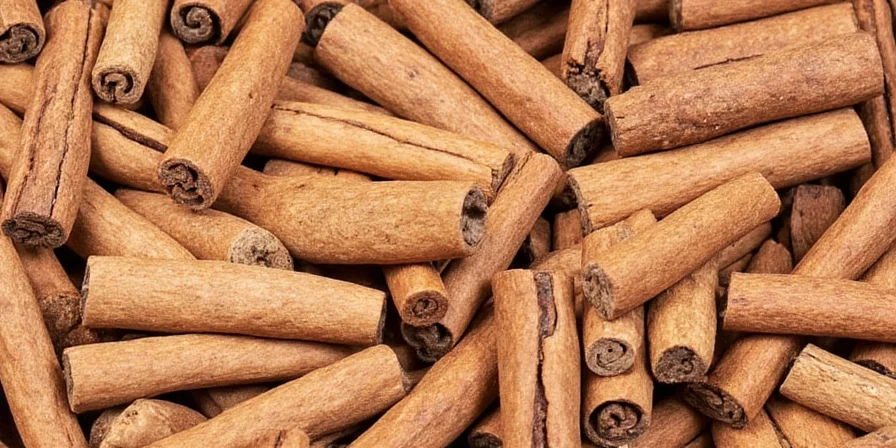
Sustainability Verified: Beyond the Hype
The Sri Lankan Cinnamon Growers Association's 2025 certification ensures:
- Traditional bark harvesting that doesn't kill trees (vs. Cassia's destructive methods)
- Living wages for 98% of certified farmers (verified by Fair Trade International)
- Zero deforestation practices (92% shade-grown under existing canopy)
- Third-party coumarin testing for every batch
Frequently Asked Questions: Evidence-Based Answers
Is Ceylon cinnamon safe for daily consumption?
Yes - EFSA confirms doses up to 3g daily (about 1 teaspoon) pose no health risks due to negligible coumarin content (0.017mg/g vs. Cassia's 7-18mg/g).
Can Ceylon cinnamon help with diabetes management?
Clinical evidence shows 1g daily improves insulin sensitivity by 14% in prediabetics (Journal of Functional Foods, 2025), but it's not a substitute for medical treatment.
How much coumarin is in Ceylon vs Cassia cinnamon?
Ceylon contains 0.017mg coumarin per gram, while Cassia contains 7-18mg per gram - making Cassia up to 1,000x higher in this potentially toxic compound.
What's the proper way to store Ceylon cinnamon?
Store whole sticks in airtight amber glass containers away from light - maintains potency for 2+ years. Avoid plastic containers which degrade volatile compounds.
Does Ceylon cinnamon really come only from Sri Lanka?
Authentic Ceylon (Cinnamomum verum) grows commercially only in Sri Lanka's wet zone regions. "Ceylon-style" products from other countries typically contain Cassia blends.
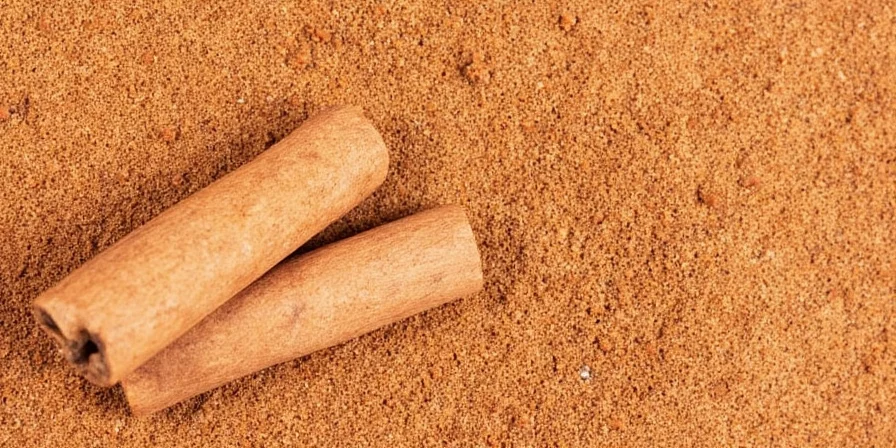

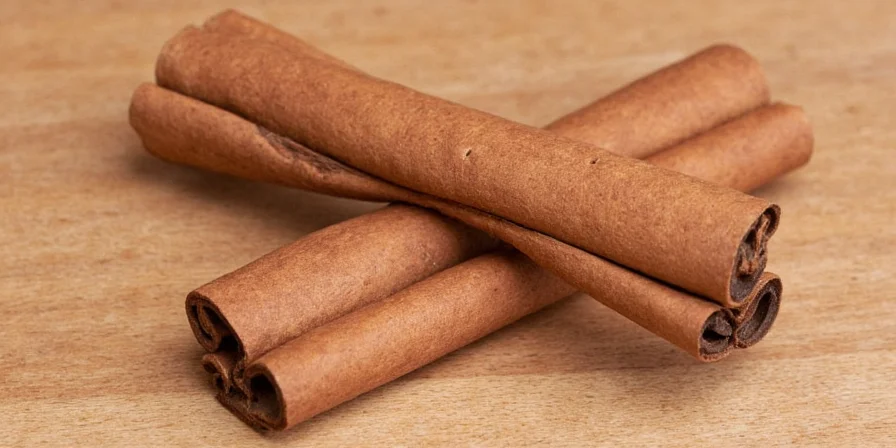









 浙公网安备
33010002000092号
浙公网安备
33010002000092号 浙B2-20120091-4
浙B2-20120091-4